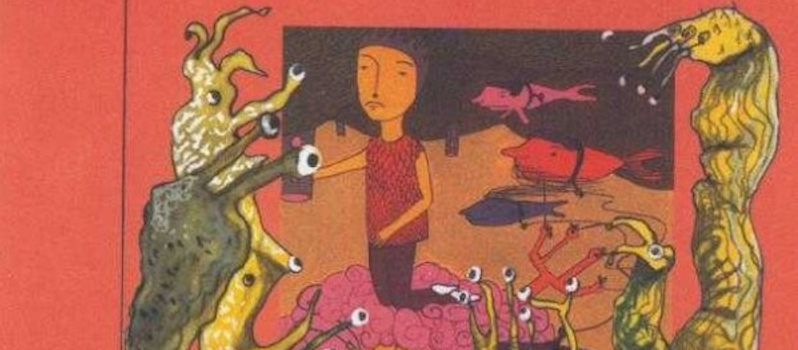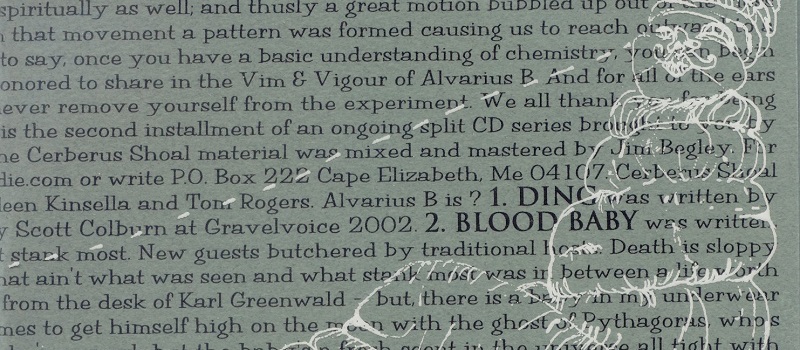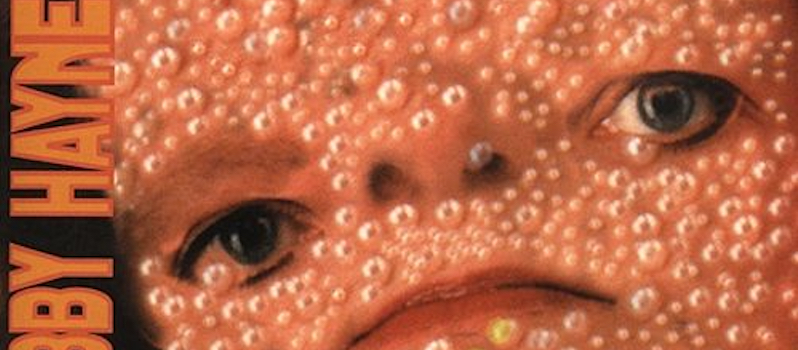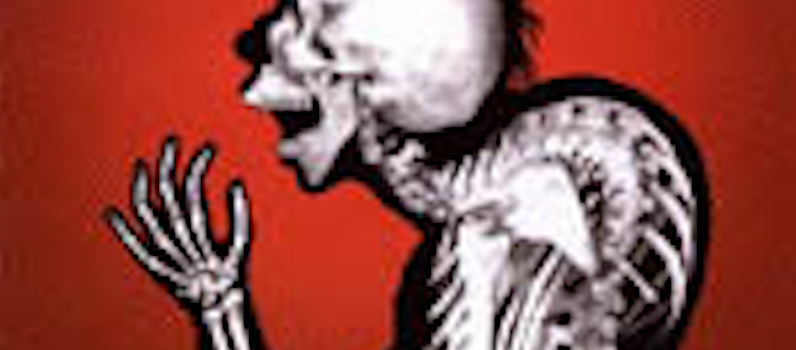I have this friend. Let’s call him John.
Now, everybody who I introduce to John seems to love him. He’s got a great personality. He’s intelligent, but not in that condescending or threatening way. He’s got a good sense of humor. He has interesting opinions and incredible stories.
And so on. You get the idea.
Now, John started dating this girl a while back. Let’s call her Jane.
Jane’s cool in her own way. A little quirky and I don’t know much about her, but she seems friendly and down to earth, a good person. And John seems to really like her. The bottom line, though, is that, for as cool as the two of them might be independent of each other, John’s kind of lackluster when Jane’s around.
He’s still John, a great guy and a good friend. Don’t get me wrong. But the discussion when it’s the two of them is just, I don’t know, flat.
For lack of a better way of describing it, Cerberus Shoal is my friend John and his relationship with Jane is what is documented on the recently released The Ducks and Drakes of Guapo and Cerberus Shoal.
Following on the heels of a breathtaking collaboration earlier this year with Alvarius B, Cerberus Shoal teamed up with the British quartet Guapo for the third in their split EP series with Northeast Indie. The result can be interesting but nowhere near as fascinating or engaging as what the Shoal has done in the past.
The record begins not with a bang or a whimper, but with the slow expanse of a primordial drone, Guapo’s “Idios Kosmos.” The piece is a well-crafted slice of Minimalism with a capital M, and the band manages to shape an organic mass of sound around the incredible subtle tonal inflections of guitar, bass, organ, electronics, percussion and cello.
But the swells and frozen mountains of pure sound that greet the listener in “Idios Kosmos” tend to lack a driving force, as if the quartet lacked some sort of incentive to get you to the very end of the nearly 18-minute track. There are some incredible moments here – for example, the way an electronic pitch gradually shifts among a slowly rising tide of tribal drums around the 14-minute mark – but it takes a lot to come along for the whole journey.
Instead of following this up with more immediate or more easily digestible fare, Cerberus Shoal offer “A Man Who Loved Holes,” a self-proclaimed “never to be realized opus” that cuts up and reworks 16 separate one-minute composition abstractions. I think William S. Burroughs would agree that, on paper, the idea seems enticing: little disjointed bursts and newspaper clippings of songs to offset the compositional Mount Everest of Guapo’s epic-minded drones.
Sadly, though, the piece lacks some key unity in places and it’s tough to become interested in the sequence of manipulated noises, random band experiments and choral bridges.
To top off this sense of disorder is the fact that the only thread that seems to tie together the song – which also clocks in around 16 minutes and change – is a distorted, computerized voice spouting disconnected stream of consciousness verse.
When the band toyed with a similar sense of surreal lyricism on “The Real Ding” – from The Vim and Vigour of Alvarius B and Cerberus Shoal – it created an oddly welcoming sense that the song was unfolding and we were invited to take part in the reversal of entropy. Here, it makes the listener work too hard to get into the folds of the song to enjoy any one part of it.
That’s not to say there also aren’t exceptional parts in the Shoal’s piece on Ducks and Drakes.
There are jazzy verses of voices at two and nine minutes (and elsewhere), some ear-scraping found sounds at five minutes, and well-recorded jangly percussion repetitions near 13 minutes. But, in the end, these are just occasional highlights.
The closing track on the EP – a performance by “Guaperus Shoalo” called “Kdios Iiosmos, He Two Loved Holes” – is a kind of marriage of its two musical predecessors, though it bears closest resemblance to the Guapo composition.
Here, like some chain-smoking Abstract Expressionist, the two bands lay down a canvas of drones and pulses over which they splatter occasional drops of drums, trails of found sounds, and little shadows and figures of electronic noise.
The end result is more ominous and atmospheric than Guapo’s initial Minimalist composition, but still sometimes lacks the expansive warmth of someone like Tony Conrad.
But, so what? “Guaperus Shaolo” put down a hard-hitting (electronically enhanced?) drum track in their little opus that would have never seen the light of day among the Dream Syndicate, right?
Then again, maybe both of these bands have constructed works of genius here and critics will fail to see how good they were because they were too busy waiting for a musical follow-up to the bizarre acoustic narratives of the vim and vigor of the Shoal’s last split.
Maybe John and Jane are perfect for each other and we’re the ones who refuse to change or open our ears and eyes, our feet grounded in self-laid cement.
Maybe the two of them have stories to tell that are worth hearing.
Maybe we should stop dwelling on the beers we used to share with John last summer.
I, for one, am not convinced. – Delusions of Adequacy, Oct. 20, 2003




